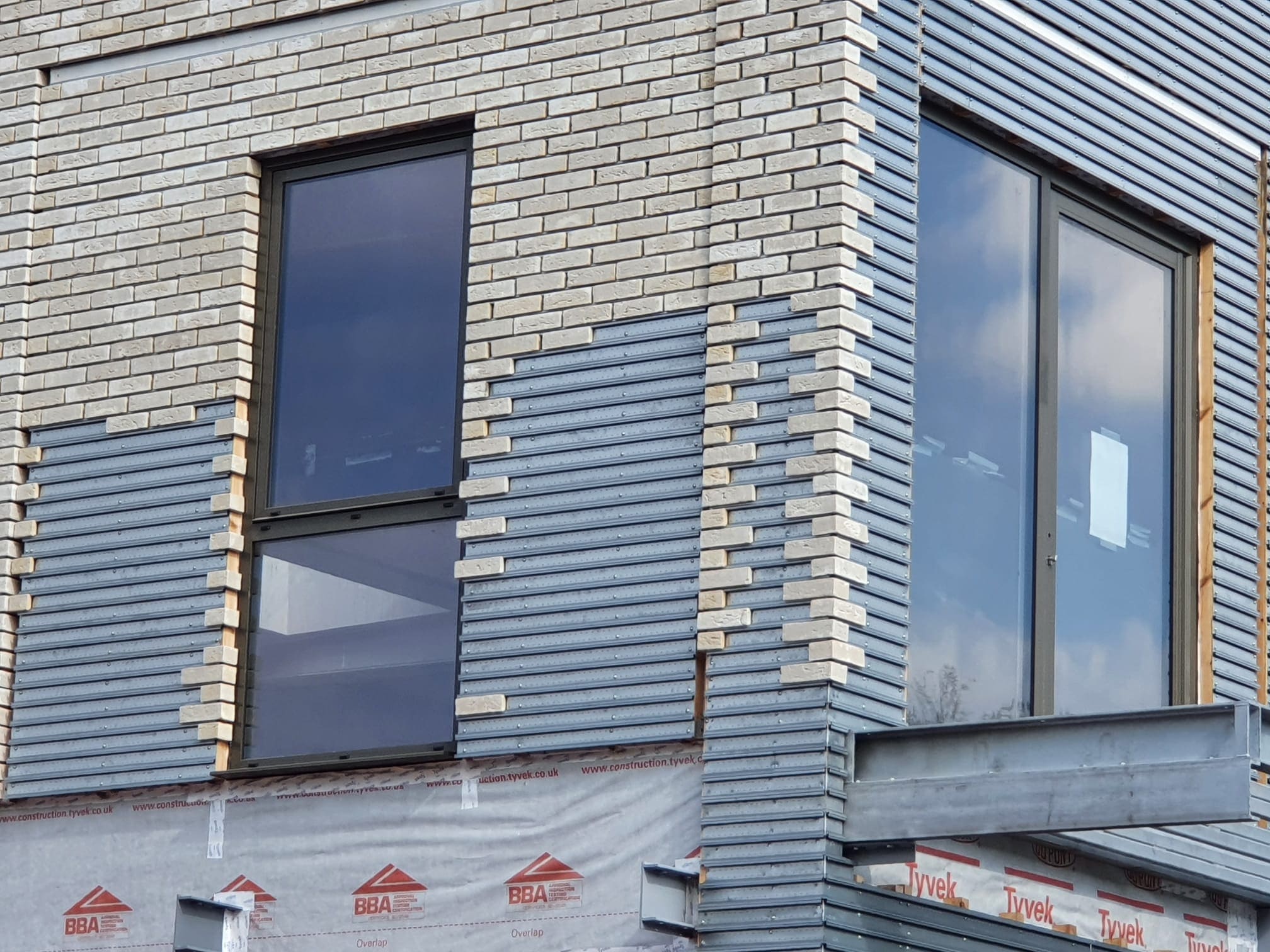13/03/2020
by: Mary-Anne Bowring

How will residential diversification shake up the world of valuations?
Turning a Blind Eye
Accused of being overoptimistic in their valuations of retail assets, the UK’s biggest property advisers are awaiting the results of a RICS review into conflicts of interest. Concerns have been raised that valuers are not reporting the true value of shopping centres and other retail holdings for fear of losing work such as leasing, investment and planning advice from clients. Valuers have been compared to auditors at the ‘big four’, which have been accused of turning a blind eye so that the consultancy parts of their business do not lose work. However, the RICS Red Book makes it clear that a valuer cannot act for both sides of a transaction. It is not only valuers at risk of conflict of interest. Sometimes two lawyers in the same office act on either side of a conveyance, with ‘Chinese walls’ the only thing supposedly separating the transaction. This is not the only thing that is shaking up the world of valuations.
The UK’s ancient system of leasehold property could also be turned upside down.
The fallout from the ground rents scandal has led the Law Commission to call for major changes to the enfranchisement process, which has huge implications for freeholders. Meanwhile, the ongoing issue of cladding is hindering flat owners from selling or remortgaging and could force a market move towards a commonhold system, which despite its name is not that common in the UK. The emergence of sectors such as BTR is also raising questions about how to value income producing assets in the residential sector.
Hotels provide a model to draw from, but there are differences around how brand, dilapidation and owner/operator expertise feed into a building’s value. More broadly, the blurring of asset classes throws up huge questions on how to value a building. For example, in the BTR sector, co-working spaces will increasingly form part of the ground- and even first-floor offering along with other uses.
The trend towards amenity rich, service-driven housing with communal and non-residential spaces could lead to the increased adoption of sui generis uses or multi-planning-use buildings, such as C3 and C4, as a way of getting around national space standards as permitted development opportunities dry up. Already coliving operators like The Collective have pioneered this approach. As residential property becomes more and more diversified in its offering, blending and borrowing from other sectors, valuers will have to work hard to keep up. Mary-Anne Bowring is managing director at Ringley
The Changing Landscape of Leasehold Property: Implications for Valuers
The UK's outdated leasehold system is under pressure, with the ground rents scandal prompting a review of the enfranchisement process. This shake-up has significant consequences for freeholders and property valuations. As the cladding issue continues to block sales and remortgages, the rise of commonhold properties could present new challenges in determining property values. Valuers will need to adapt quickly to the shifting landscape, as these legal changes could have a dramatic impact on the market's dynamics.
The Rise of BTR and Mixed-Use Developments: New Valuation Considerations
The surge in Build-to-Rent (BTR) developments and mixed-use projects is complicating traditional valuation models. These properties often combine residential, commercial, and amenity spaces, making them harder to assess using established frameworks. For example, incorporating co-working spaces into residential developments, or using communal areas for non-residential purposes, presents a new challenge for valuers. In these cases, valuers must account for the hybrid nature of the property, which blends residential, commercial, and service-driven functions, shifting valuation practices.
Valuers at a Crossroads: How Changing Asset Classes Will Impact Valuations
With the diversification of residential property—spurred by trends like amenity-rich living and multi-purpose buildings—the boundaries between asset classes are becoming increasingly blurred. The value of a residential building now depends on factors that go beyond traditional residential criteria, like brand identity, the quality of services, and the integration of commercial spaces. Valuers will have to factor in these non-residential elements when determining value, making traditional valuation methods obsolete in some cases.
Future-Proofing Valuations: Adapting to the Diversification of Residential Property
As residential properties continue to diversify, valuers must stay agile in adapting to new trends like coliving and multi-functional spaces. The rise of non-residential spaces, such as retail or office components within residential properties, and the adoption of sui generis uses, will require fresh approaches to valuation. Valuers will need to develop new methods for assessing income-producing assets that blend different uses while navigating legal changes and evolving market dynamics. Staying ahead of these shifts will be key for valuers to remain relevant and effective in a rapidly changing property landscape.
As residential properties continue to diversify, valuers must stay agile in adapting to new trends like coliving and multi-functional spaces. The rise of non-residential spaces, such as retail or office components within residential properties, and the adoption of sui generis uses, will require fresh approaches to valuation. Valuers will need to develop new methods for assessing income-producing assets that blend different uses while navigating legal changes and evolving market dynamics. Staying ahead of these shifts will be key for valuers to remain relevant and effective in a rapidly changing property landscape.
 1620
1620











Keep up to date
(Weekly, fortnightly or monthly)
To find out more what we do with your data, please read our Privacy Policy

 0
0













